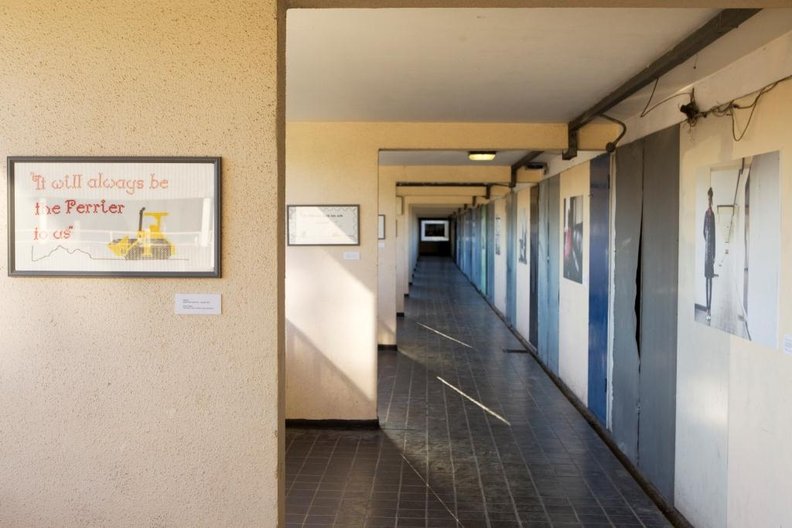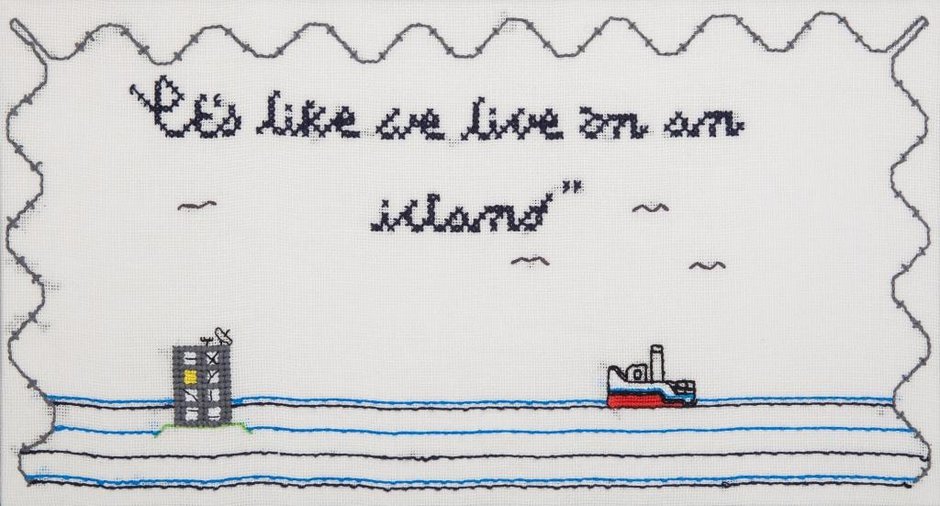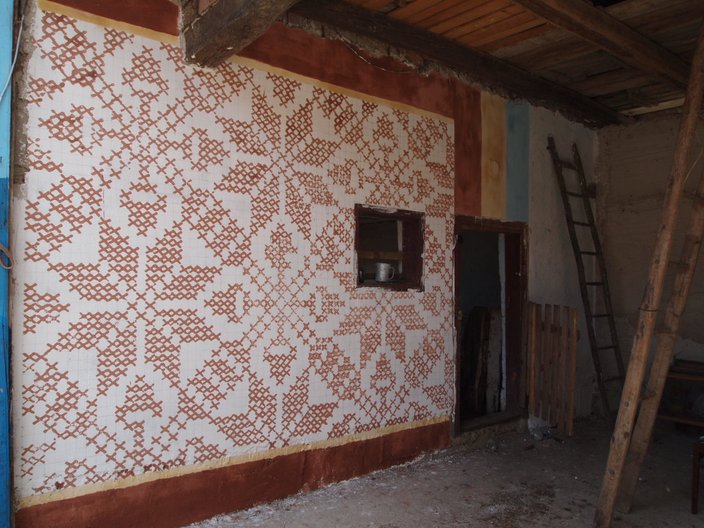5 September 2014
by João Guarantani
Following an open call for applications, Sarah Colson has been selected for the Bandung Design Residency 2014, organised in partnership between the British Council and Bandung Creative City Forum. Sarah will travel to Indonesia in October 2014, where she will develop a project in collaboration with a local designer and the community.
Tell us a bit about you, what is your background and areas of interest?
My practice in is a constant pursuit to understand the many varieties communities exist in. My aim is to encourage interaction, celebrate cultural heritage and discover new ways to narrate stories. I contextualise my work on the platform of design, as it provides a tool for communication that people can relate to. My research and learnings are constantly being challenged by the ever-evolving social context. Each project addresses issues that attempt to cut through boundaries and form collective thinking. Projects have addressed political, social, historical and ritual behaviours of communities. I treat each project as an individual, allowing the process of narrative to dictate the outcome.
Alongside my research, Sarah Colson Ltd is a design studio that designs and manufactures commercially viable products. This part of the practice operates as a commercial business, founded in January 2014 as a result of demand and success with the product Fibula Lux. This recent addition to my practice has allowed me to freely think and move with ideas for a commercial market. This offers me financial security to continue my research into community development through design.
What are you working/researching on at the moment?
I am currently working on a new lighting collection, which I will be launching at Designjunction for London Design Festival. I work very closely with Jochan Holtz, a glass blower based in East London. We have collaborated on a few projects before, so it’s always a pleasure to work with him.
I am also working through ideas I picked up from a residency in Cyprus. I spent a week engaging with a variety of heritage crafts, meeting the makers and hearing their stories. My investigations in the processes have found many avenues to pursue, but it’s important to find the right way to engage the crafts people.
Many of them are older women who have practiced these crafts since they were small children. With little to no interest from the future generations, the crafts are dwindling. The women fear the crafts will be lost, but also find it very difficult to utilise their knowledge and skills to new applications. With diplomacy and humility I continue, so let's just see what happens…
What excited you about this opportunity?
It’s always interesting to travel, but what’s more interesting is to feel involved and put something back. With an opportunity such as this I always find the seed of inspiration you leave behind is the exciting bit. From past projects I have been involved in, I love following up the work and hearing what happened next.
I look for opportunities to create, but more often than not, they inspire. In some instances community members show me how to do it better (hammering giant nails is not my forte). In other instances they do it better and, in one case, people found their own ways of interpreting my creating. The success of this project has now become part of the make up of a small rural town.
What are your plans for the residency?
My overarching brief is to find out what the community want for their future and then help inspire a movement towards that. I have no idea what my research will find, or if the community all desire the same outcome. I will seek out opportunities to create that will hopefully develop a momentum for them to build on.
My practice looks to encourage interactivity, therefore I wish to create community events where they can discuss and interact. Autonomy and pride play an important part in the solidarity of a community; as ownership and collective thinking are powerful motivators for the collective to continue creating.
I know from past experience that a huge amount of sensitivity and respect has to be applied in order to gain trust in such a small amount of time. By applying this knowledge, my practice has allowed me to engaged with a variety of communities, hence the concepts, context and relationships play an important part in how the projects evolve.
What are you hoping this experience in Bandung will bring to your practice?
I would like to see new projects evolve from this experience, where the project doesn’t come to a close, but opens new lines of enquiry. I will look for opportunities to inform my studio practice as well as my research and hope to create a new library of skills to use in the future.
Among some of Sarah's recent projects are A Gente Transforma, a large community project in Brazil run by Marcello Rosembaum which saw the transformation of a communal living space through the power of colour; Home Sweet Home, a collaboration with photographer Anna Batchelor which tells the story of a dispersed community on the Kidbrook estate in South-East London; and a residency in Transilvania addressing the social issues surrounding the sustainability of the crafts by looking at recent influx of industrialisation from Western Europe.



